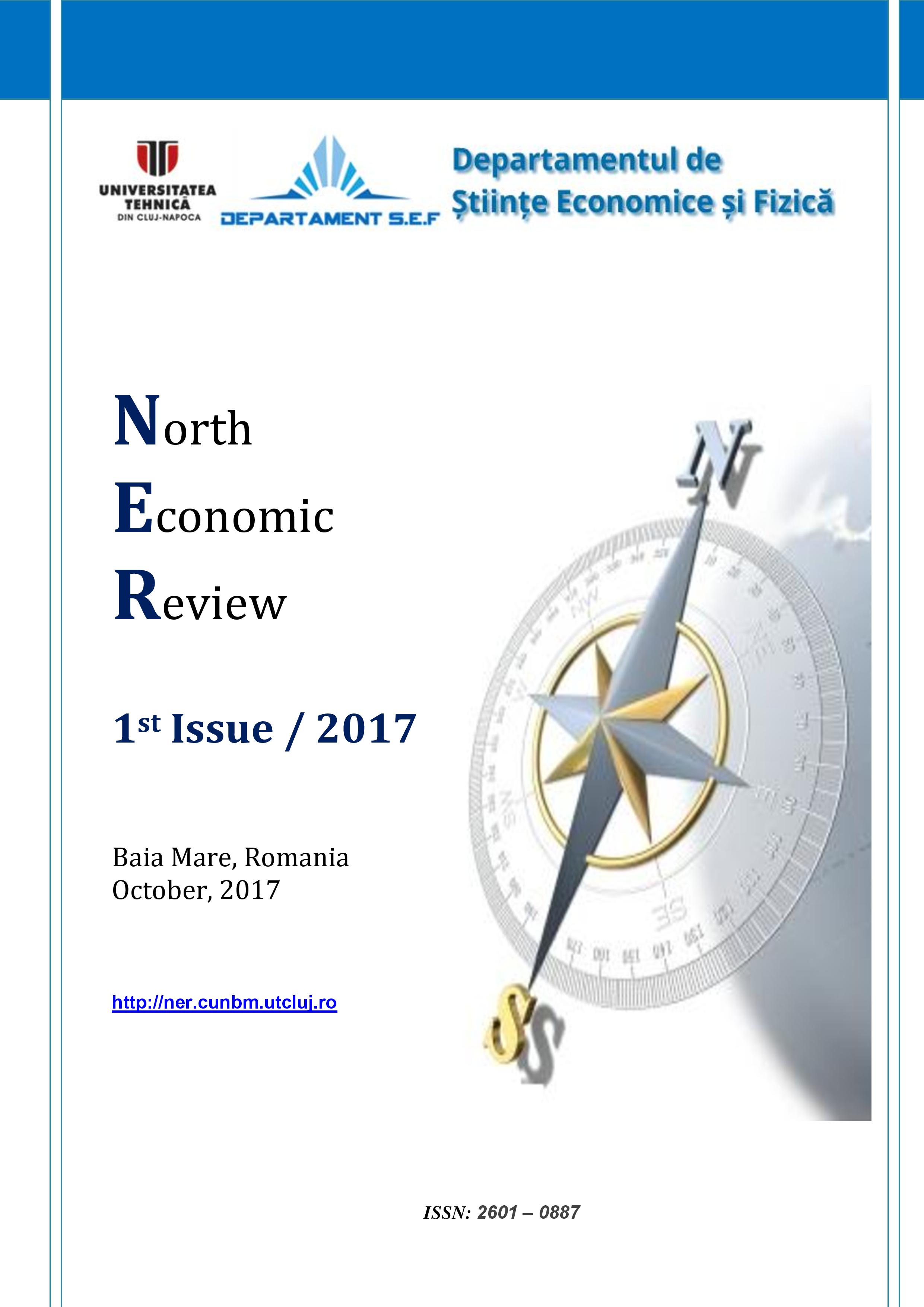WHAT MACRECONOMIC INDEX DIFFERENTIATES OR SIMILAR THE EUROPEAN TOURISM COMPETITIVINESS?
A MULTIMETHOD ANALYSIS
WHAT MACRECONOMIC INDEX DIFFERENTIATES OR SIMILAR THE EUROPEAN TOURISM COMPETITIVINESS?
A MULTIMETHOD ANALYSIS
Author(s): Manuela Rozalia Gabor, Flavia Dana OlteanSubject(s): Economy
Published by: Editura U. T. Press
Keywords: tourism competitiveness index; European country; non-parametric statistics test; non-parametric correlations
Summary/Abstract: In the current economic context countries are exposed to long-term structural shifts that challenge tourism development strategies and range from destination marketing to product offerings and infrastructure planning. Tourism nations need to ensure their long-term competitiveness with a consistent sustainability perspective. In the present paper, we aimed at carrying out a research on the European countries tourism competitiveness using statistical data analysis tools, respectively non-parametric correlations and non-parametric statistic tests. Our analysis is based on the 14 pillars described in the Travel & Tourism Competitiveness Report 2015 - World Economic Forum taking into consideration only the European countries. Using the non-parametric statistical methods has emphasized aspects that are not noticeable directly from ranking carried-out by the World Economic Forum based on The Travel & Tourism Competitiveness Index. Completing the previous results, this research points out that, of the 14 pillars of T&TCI the strongest direct correlation is between air transport and ICT infrastructure, i.e. those pillars that led to the fact that, the Top 10 countries are clearly differentiated by the other groups. We have also emphasized that human resources is another important pillar that differentiates the ranks of the 42 countries, being medium correlated with price competitiveness and cultural resources. The results of this research will be the base of applying some other statistical methods, for instance, analysis of discriminating order to study thoroughly and better the differences or similarities between the 42 European countries.
Journal: North Economic Review
- Issue Year: I/2017
- Issue No: 1
- Page Range: 201-207
- Page Count: 7
- Language: English

